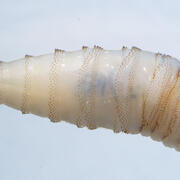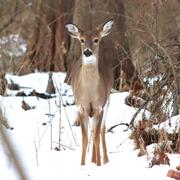Emerging Wildlife Diseases
The effects of emerging wildlife diseases are global and profound, often resulting in the loss of human lives, economic and agricultural impacts, declines in wildlife populations, and ecological disturbance. The USGS National Wildlife Health Center (NWHC) works to safeguard our Nation’s wildlife from diseases by studying the causes and drivers of these threats and by developing strategies to prevent and manage them.













